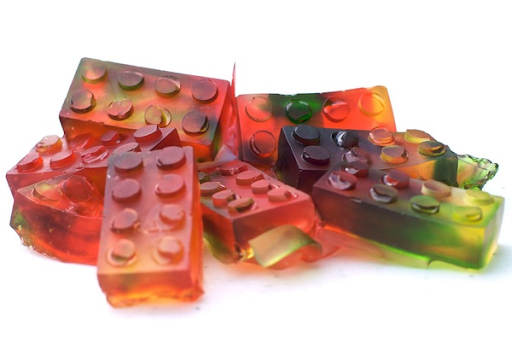Quality is very much relative to the situation at hand and subjective to who is building the product and for whom it is being built for.
In terms of relative quality, let us take an example of a hammer. It is useful if you want to sink a nail into the wall but if the nail has threads probably a screwdriver would be a better option.
In terms of subjective quality, let’s take an example of a cup of coffee. Some people like it with extra sugar while others may like a double espresso and some may like a combination of both. While none of those combinations are good or bad, it really depends on the coffee drinker’s taste.
Quality is when an organisation can:
Take its product(s) to the market as quickly as possible with
Minimal investments by
Giving the customer the best possible experience
Let us take a look at these characteristics
a. Faster delivery


The goal for most of the organisations and teams, is faster delivery of quality products to market. Optimising for time to value is the key to modern digital businesses.
Think about ways to deliver quality software as quickly as possible, thus enabling speed to market. In other words, analysing ways to increase the throughput and decrease the cycle time.
It is not just thinking about Continuous Delivery but also about Continuous Quality Delivery.
b. Reduced waste


Building a Quality product should not come at a high cost to the company. All organisations have limited resources. Reducing waste allows better use of the investments and people. Sustainably maximising returns while minimising investments is one way to reduce waste.
It may start with recruiting the people with the right mindset who can think about Quality holistically
Invest in tools and technology not because it is an industry standard but based on what you really need. Look out! There might be open source tools which may give you a better outcome than heavily licensed variants
Keep on top of identifying gaps in processes and process improvements. Processes support product development, so if there is a gap in the process, inadvertently product quality can have an impact
c. Delightful customer experience


A great customer experience is a core differentiator for an organisation's competition.
We have to constantly think about ways we can help in increasing customer satisfaction. Of course there is no way we can satisfy all our customers. There will always be a small percentage of the end users who may want things differently. Our focus is to continuously strive to the maximum possible:
To retain existing customers
To increase the customer base
This could be done by:
Ensuring existing products are to an expected standard
With minimal disruption
Enhancing the system to meet
Market trends
Business needs and
Customer feedback (if any)
Ultimately, Quality is perceived based on available information. By Testing the product, you ensure its Quality. Testing is providing you the information so that you can make informed decisions, understand the risks, and act on them.
Disclaimer: The statements and opinions expressed in this article are those of the author(s) and do not necessarily reflect the positions of Thoughtworks.


















